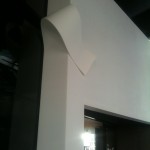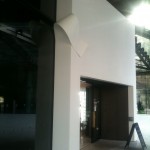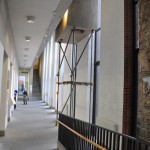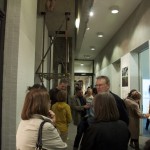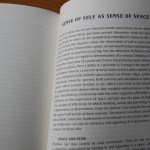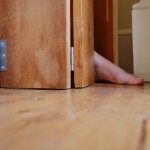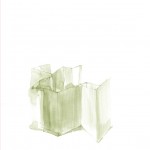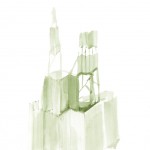Upcoming exhibition at Laumeier Sculpture Park:
Camp Out: Finding Home in an Unstable World
June 2 – September 16, 2012
Camp Out: Finding Home in an Unstable World is the third in a series of summer projects that will use the natural and cultural resources of St. Louis as a site for artistic inquiry and production. The artists invited for Camp Out will conduct “action research” to comment on, add to or question the unique history of the St. Louis region and of the role artist’s play in addressing urgent social questions. The title Camp Out suggests the two extremes of living in the landscape. For some, camping is a deliberate “back-to-nature” experience precluded in our urbanized world. For other past and present global citizens, however, displacement from home and finding basic resources for living is a great struggle.
Laumeier will animate its public spaces by presenting artists whose practice addresses long-neglected issues of concern in our region, such as the disappearance of “public space”, the conversion of arable agricultural land for suburban sprawl or industrial use, the isolation that comes with suburban living and the persistent social and economic divisions between racial groups caused through the mechanisms of history. Artists for this project will work off of ancient and contemporary forms of human shelter, using new materials and processes to create unique sculptural forms. The resulting works will encompass shapes deeply rooted in nature to those that use new technologies to engage the aural and visual landscapes that say something about the way we live—or need to live—now. These projects will unpack a range of American myths, from the self-sufficiency of the rugged individual to the sense of land as empty and conquerable, where resource extraction is without consequence. This project signals a refreshed direction for Laumeier’s artistic goals, and will allow artists a unique opportunity to experiment with space.
Artists for the project include: BGL: Jasmin Bilodeau, Sébastien Giguère, and Nicolas Laverdière (Canada), Oliver Bishop-Young (UK), Cyprien Gaillard (France), Isabelle Hayeur (Canada), Edgar Martins (UK), Mary Mattingly (USA), Michael Rakowitz (USA), Emily Speed (UK), Dré Wapenaar (the Netherlands), Yin Xiuzhen (China), Kim Yasuda (USA).
